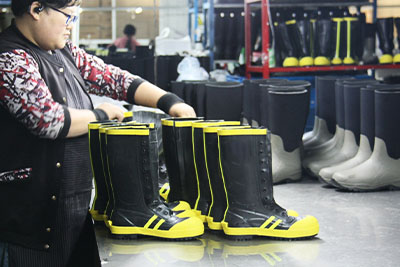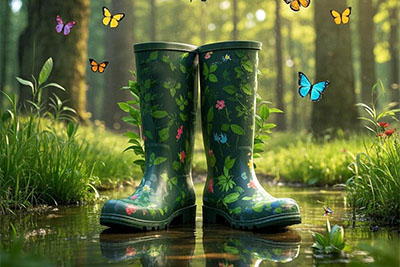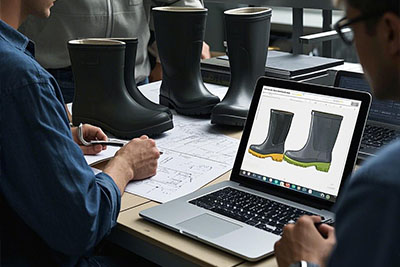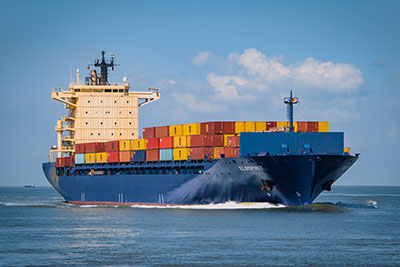How Are Patterned Rain Boots Made Using Transfer Film?
Rainy days don’t have to stop your fun. Patterned rain boots are getting popular. They have prints like leopard spots, plaid lines, or animal pictures. Rubber boots with patterns turn jumping in puddles into something stylish. But how do these designs get on the boots? The answer is transfer film. It’s a way to put colorful pictures on tough rubber. In 2025, custom patterned rubber boots are on the rise. They mix use with looks. This guide explains how rubber boots with patterns are made. We’ll look at the process and why this way is changing things.
If you design, sell, or own a brand and want unique patterned rain boots, learning about transfer film opens doors. Let’s go through it one step at a time.

What Are Patterned Rain Boots and Why Do They Matter?
Patterned rain boots aren’t just shoes for wet feet. They’re a spot for ideas. These waterproof boots, often made from vulcanized rubber, have designs like flowers, shapes, or animal prints. They make everyday wear better. Unlike plain rubber boots, ones with patterns add fun. Think of an orange base with leopard spots, like in ready-made styles.
People want rubber boots with patterns more now. It’s big for kids’ and grown-up fashion lines. Recent info shows folks like boots that work for muddy paths but look good with city clothes. In 2025, expect more eco designs. Natural rubber mixes and green prints will lead. For businesses, this is a chance. Custom patterned rain boots build loyal fans with special designs.
At the base, these boots start as plain rubber sheets. The key? Transfer film. It puts bright, lasting patterns on without hurting water protection. The film makes the base color, like sunny orange, show through. Overlays add layers and color.
Understanding Transfer Film in Rubber Boot Manufacturing
Transfer film is the quiet helper for rubber boots with patterns. It’s a clear plastic sheet, often polyester or polypropylene. It has a release layer and ink patterns printed with gravure or digital ways. This film holds designs like leopard prints or flower shapes until they stick to the rubber.
Why use film? Painting or printing right on rubber can crack or fade when it bends or gets wet. Transfer film uses heat and pressure to push inks into the rubber. This makes a smooth, tough finish. For patterned rain boots, the film lets you add many colors, fades, or real-picture elements. It keeps making simple.
In making, the film is printed with custom designs first. Companies send drawings or photos. These get cut into rollers for exact copies. The result? Boots where the rubber gives the color, and the film adds the cool part. Think a solid navy base with shiny metal spots.
This way isn’t new, but it’s better now. Old papers from the mid-2000s talked about gravure-printed films for rubber things like boots and tires. They used silicone release layers for clean moves. Today, digital printing cuts waste. It’s good for small runs of custom patterned rubber boots.
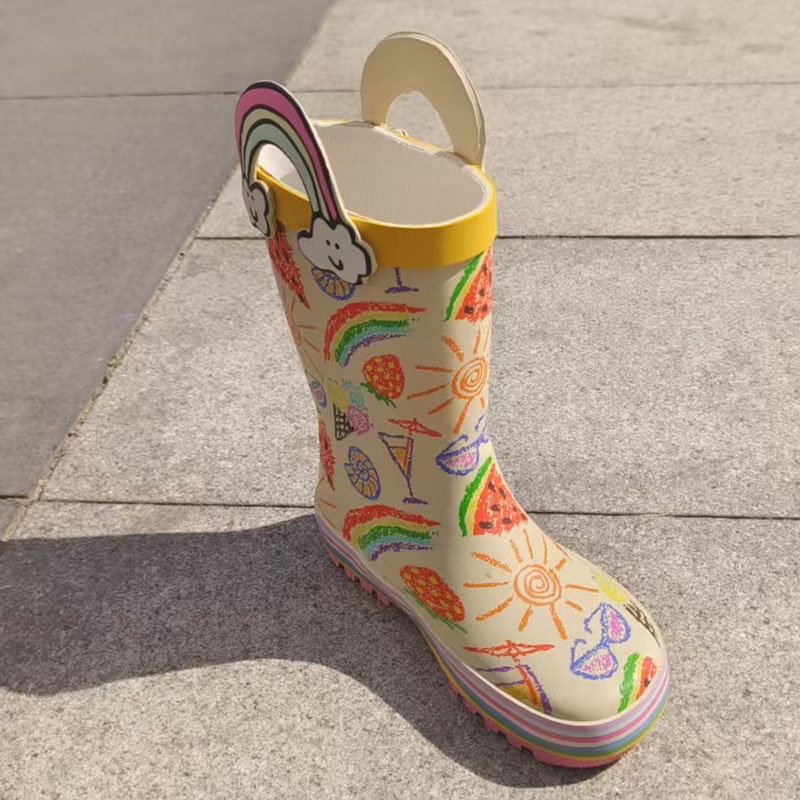
The Step-by-Step Process of Creating Rubber Boots with Patterns
Want to know what happens in the factory? Making patterned rain boots with transfer film mixes art and care. Here’s how it goes:
- Design and Film Prep: Start with your idea. Draw a pattern like twisting vines or dots. Pros print it on the clear film using rubber-resin inks to stick. The film gets a thin release layer (0.5-2.5 microns) for easy peel later.
- Rubber Base Forming: Plain rubber sheets, often 60% natural rubber for softness, get cut and shaped in vulcanization molds. This makes the tough, water-tight base in your color. Bright orange or plain black. Factories with good lines, like ones with mixers and vulcanizers inside, make even thickness for comfort.
- Adhesive Application: Brush or spray a stick agent on the plain rubber part. This “glue” turns on with heat. It bonds the pattern without bubbles or moves.
- Transfer and Bonding: Put the film design-side down on the glued rubber. Use heat (from rollers or presses) and pressure. The design moves from the film to the rubber. Peel the film base off, and there it is. The leopard print sticks for good.
- Finishing Touches: Cure the boot in molds to set the shape. Add linings (like airy cotton-poly mixes). Test for quality. Check strength, bend, and water hold. Textures like diamond cuts add grip. Matt or shiny finishes make it look good.
This process takes about 45 days for big runs. Samples are ready in 15. For rubber boots with patterns, it works for small to big amounts. From 800-pair minimums for custom colors to 150,000 pairs a month in busy factories.
Videos of the vulcanization part show the fun “squish” as rubber forms in molds. But the transfer step? That’s where patterns come alive. It turns plain stuff into something you can sell.
Benefits of Using Transfer Film for Custom Designs
Why skip plain boots? Transfer film makes patterned rain boots better in ways that help sell more and keep customers happy:
- Bright, Lasting Colors: Inks don’t fade, crack, or peel. Even after muddy days. This toughness means fewer returns and more happy buyers.
- Works with Any Material: Use it on natural rubber, PVC, or green mixes. Make overlays, underlays, or full prints for your brand’s designs.
- Fast and Green: Digital printing saves material. Silicone films have low VOC. Plus, it’s quick. Designs move in minutes. Great for fast fashion.
- Custom Fun: Brands like how it does tricky patterns. From photo uploads to raised textures. No high start costs.
For kids’ lines, add fun patches or seasonal linings for all-weather use. Overall, transfer film makes custom patterned rubber boots a good buy. It mixes looks with work.
Trends in Custom Patterned Rubber Boots for 2025
Looking ahead, rubber boots with patterns will be big. Fall 2025 shows will highlight animal prints and plaids. Knee-high styles in red and blue will lead. Green trends will use recycled rubber bases under bright transfers. This fits GRS marks.
Western touches and pointed toes will add style. Light EVA soles will make comfort better for city walkers. For businesses, ODM services let you use these ideas. Think branded textures with custom rollers. With sales to 50+ countries, the world wants unique patterned rain boots. It’s time to create new ones.
Why Choose a Professional Manufacturer for Your Rubber Boots with Patterns?
Working with pros makes your idea come true without problems. Trenboo is a Hebei factory for vulcanized rubber boots. It covers 20,000 square meters with 260+ workers. Their 6 lines make 150,000 pairs a month. They have ISO9001 and BSCI marks for good quality.
They focus on fashion wellies, outdoor boots, and kids’ designs. They’re great at transfer film. Send your layout. Their team does the rest. From Pantone-matched bases to colorful prints and textured finishes. With EU REACH rules and a 6-month promise, your custom patterned rubber boots are ready to sell.
Their ODM/OEM process is easy. Share your ideas. Get quotes (MOQ from 800 pairs). Prototype in 15 days. Ship in 45. Whether overlay shapes for logos or full-film leopards, they give four promises in quality, environment, tech, and service.
Wrapping Up: Step Into the Future of Patterned Rain Boots
From plain rubber sheets to cool patterned rain boots, transfer film is the link between basic use and fun designs. As 2025 trends go for bold, green looks, it’s time to make rubber boots with patterns that stand out. This way not only makes them tough and colorful but opens doors for lots of custom ideas. It makes your products special and easy to remember.
Ready to turn your ideas into boots? Contact Trenboo today at +86 18633619747 or visit trenboot.com to talk about ODM/OEM partnerships. Whether you’re starting a kids’ line with cartoon transfers or fashion wellies with seasonal plaids, Trenboo’s know-how can grow your idea worldwide. Let’s team up. Your next big seller is waiting!

